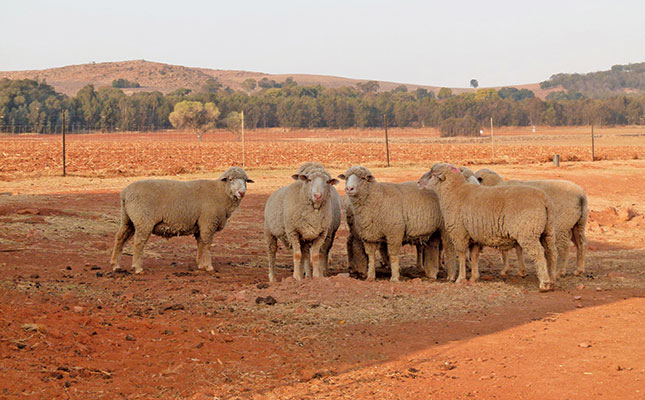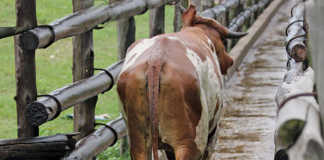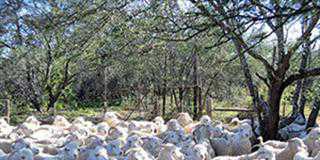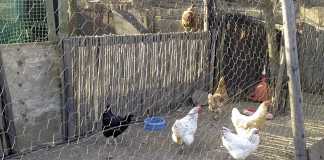
Photo: FW Archive
A good knowledge of livestock breeds, the cyclical nature of livestock farming, and the South African red meat classification system will help a livestock producer farm more profitably.
Livestock farming only generates income at specific times of the year. For example, it’s best to shear a ewe every eight months, while the gestation period for ewes is five months.
YOU might like: Understanding the red meat classification system
This means that a lamb will only be ready for sale at about eight months of age, and therefore, a sheep farmer will have to wait eight months before generating income from wool, and about 15 months before generating income from selling the lamb.
All the while, the producer spends money on feed, labour, medication, and bond repayments, amongst others. For this reason, many modern commercial farmers market offspring as early as possible in order to generate income sooner, and cut input costs.
Learning from history
In the past, farmers produced beef calves and raised them over a few years. However, input costs then were not as high as they are currently, and regular rainfall allowed for an abundance of grazing.
If we farmed this way today, we’d not only suffer crucial cash flow constraints, but input costs would be exhorbitant.
However, I have noticed that communal farmers follow this exact strategy; feeding oxen in winter with lucerne or other rations leads to some animals costing upward of R20 000 over eight years, while only selling for R7 500 on auction.
This is a devastating loss, as an eight-month-old calf may sell for the same price. Such a weaner is highly sought-after by feedlots.
It costs the producer of the weaner little in terms of inputs, while the farmer generates an income much sooner than had the animal been kept for a period of years.
However, the question of why a young weaner sells for the same price as an eight-year-old ox, three times its weight, is raised.
This is where knowledge of the red meat classification system is important. While some consumers don’t care what beef or mutton they eat, a large section of the population favours the more tender meat of younger animals.
Livestock producers are continuously breeding animals that produce better quality meat, grow faster, thereby reducing input costs, and are better suited to the farming environment.
The struggle
Many farmers do not start off with the best possible animals in terms of genetics and environmental suitability.
As a result, they struggle to market animals that do not meet the requirements of the red meat industry in terms of conformation of the carcass, fat distribution and so forth.
If these producers do find buyers, they are paid considerably less than those that have produced good-quality beef cattle.
To ensure that you make the right decision in terms of genetics and environment from the beginning, learn more about your farming environment, and decide why you are farming. For example, if you farm sheep, it may be to produce wool or meat, or both.
This decision will affect breed selection. While Merinos, for example, produce valuable, high-quality wool, their lambs may not grow as quickly as those of a breed farmed only for its meat.
Therefore, to produce wool and meat, consider a dual-purpose sheep breed, such as the Dormer or Dohne Merino. Do your research. Use a reputable local livestock agent to help you source breeding stock and advise you on what breed suits the environment in which you are farming.
Beef
If you farm beef cattle, and your farming operation is thriving and you have accumulated some savings, and cash flow is no longer a major issue, you could allow some calves to grow into oxen. A growing sector of farmers rear grass-fed cattle, free of hormones.
Some butchers will pay a premium for this kind of meat. While this ‘humanely produced’ meat may not be as tender as that of younger animals, it can become more tender when properly matured, and is very nutritious and tasty.













